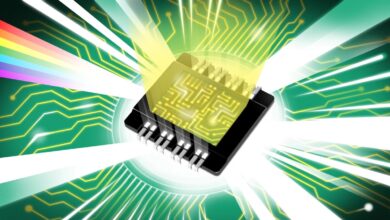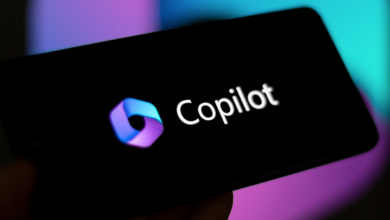Use of Artificial Intelligence in Education: Pros and Cons

As AI learning models such as ChatGPT and Midjourney see more and more developments and improvements to their language learning models, the potential applications of these systems in educational spaces can see potential use.
Traditionally new, developing technologies have been used in education. Classrooms have utilised custom developed films and videos that can educate an audience. Judiciously selected and played videos can allow for a greater understanding of a topic. With their continued development over the course of the 1990s and 2000s, desktop computers have become commonplace as well. Software developers, for 30 years, have been aware of the processes and approaches needed to properly facilitate learning. Even more recent and modern innovations; social media sites like Facebook and TikTok can have uses in education. Specifically designed social media can be used as supplementation to standard learning environments to enable tacit knowledge transfers to average higher and lower attainments with each other. With this precedent established, the same techniques applied by previous technologies as well as new ones allowed by new technologies can be established and analysed.
Even more recent and modern innovations; social media sites like Facebook and TikTok can have uses in education
The first method in which AI can be utilised in a learning environment is through usage in preparing questions for students in the classroom. A pre-prepared standard worksheet for Year 8 pupils (12-13 years old) based around selections in computer science took upwards of an hour to produce, having to create specific code examples, questions that would be able to ingrain the basics of the concept into the pupils, and allow them to stretch their knowledge being the biggest contributors to the time taken. Asking ChatGPT to “Prepare […] questions for 12-13 year olds on selections in computer science” produced 15 separate questions about the topic, which was completed in roughly 10 seconds.
With such a monumental difference in time spent producing each worksheet, ChatGPT can be seen as being superior in streamlining the time spent outside of work for teachers to produce learning resources for their classes. However, upon examination of the questions that ChatGPT produced, some can be deemed inappropriate for such a worksheet. For example, two questions reference ‘switch’ statements, a concept not present in GCSE computing based upon AQA’s curriculum. Therefore, in order to properly utilise a language learning model such as ChatGPT for the purposes of producing worksheets, more time will need to be put into getting the artificial intelligence to properly tailor the questions to what is needed, filtering out unnecessary or unwanted questions, and refining the ones that are wanted. By asking ChatGPT to expand, a more definitive grouping of questions is formed, taking around 5 minutes to produce.
Therefore, a conclusion that can be formed from this brief study is that ChatGPT and similar learning models are useful in educational spaces as a tool that teachers can use in order to produce worksheets and similar learning materials in shorter spaces of time. Studies find that teachers experience unreasonable and unsustainable levels of work with the time that is put in outside of the classroom: using developing technologies like AI in this way helps to reduce the intensity of this work, making teaching more sustainable as a profession.
While there are ways in which AI can be used in a learning environment, there are also dangers that come with it
While there are ways in which AI can be used in a learning environment, there are also dangers that come with it. Specifically, the risk of teachers being wholly replaced with AI is faced, with teacher hirings declining and gaps in the education system needing to be filled. One study suggests that the standard for education going forward should be that the core curriculum is taught by AI models, with teachers being used only for the higher attainment students who benefit more from the more personalised learning experience, which would result in a disparity in the education received by different pupils. This sentiment also ignores the benefits that a human teacher provides, like being able to intervene in a struggling student to provide extra support during a classroom session, which can help improve understanding and enjoyment of the given topic.
In conclusion, the usage of artificial intelligence in education can be treated in a similar manner to social media’s utilisation stated previously. It is a useful tool through which teachers can supplement the educational needs of pupils, but only if done so judiciously: otherwise there is a risk where the education system becomes too reliant on these tools and risks stifling the education of certain pupils due to its overuse.
Enjoyed this article? Read more from Sci&Tech below:
Recreating Britain’s Lost Rainforest
Looking for Life: An Interview with Aumery Triaud
The Role of Transportation Manufacturers in the Gaza Conflict



